Ride razor-thin corridors to the beat
Keep exploring
Keep the momentum going with more arena racers, action trials, and puzzle standouts.
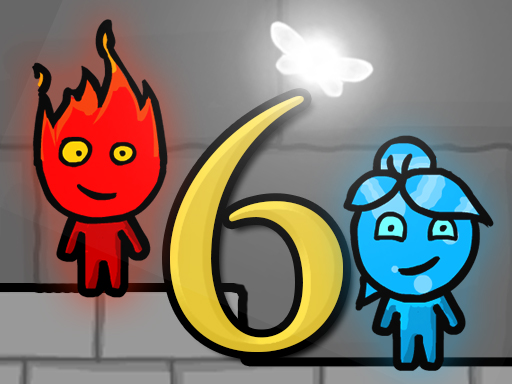
Fireboy and Watergirl: Fairy Tales
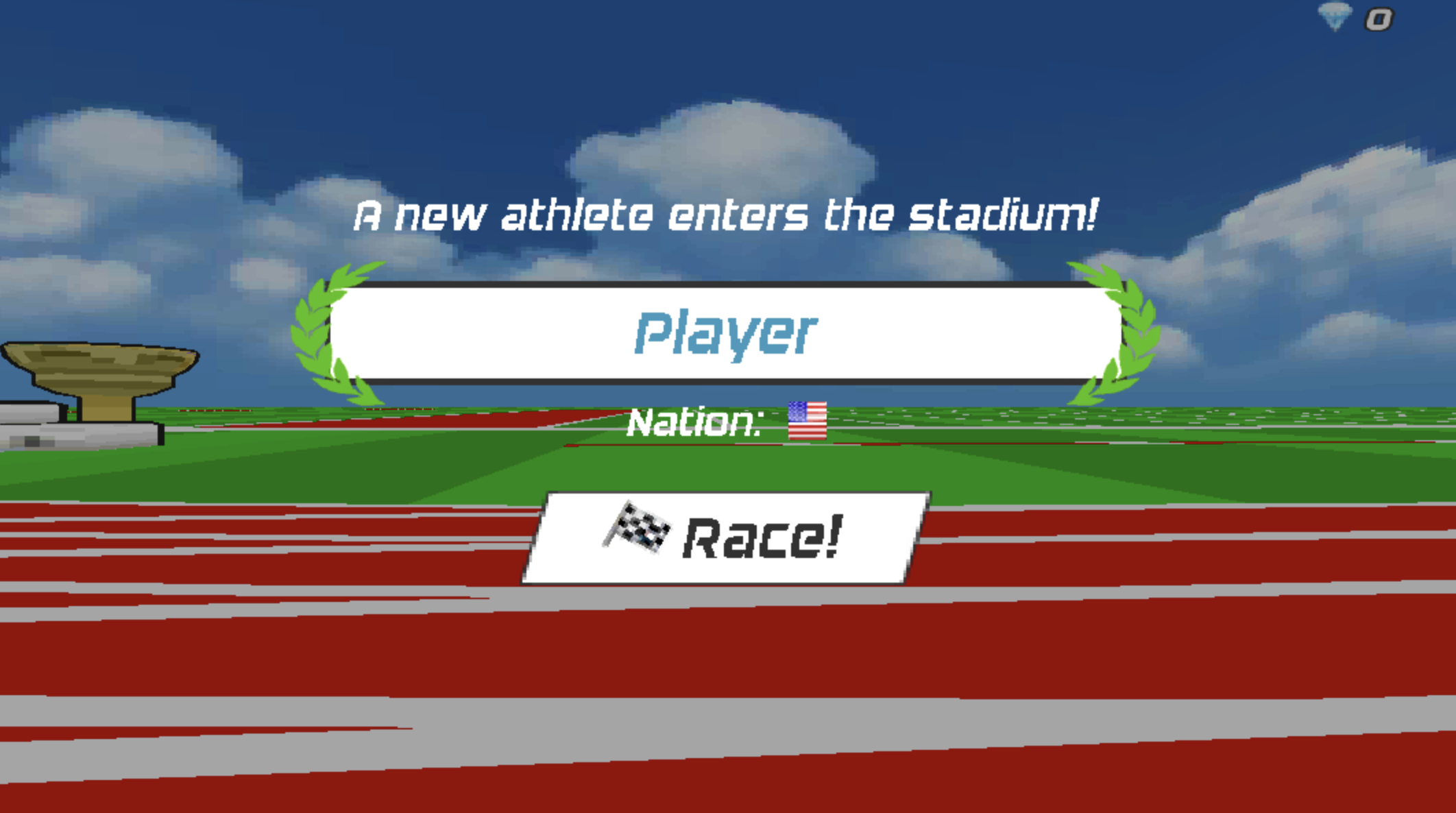
Speed Stars
Polytrack

BLOODMONEY 2
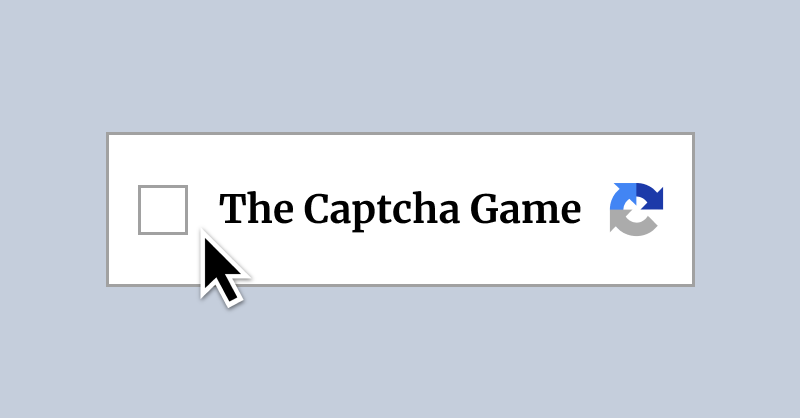
The Captcha Game
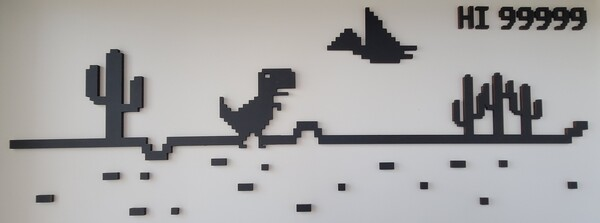
Dino Game

I'm Not A Robot

Chiikawa Puzzle

Drift Hunters

BloodMoney
Feel the beat, follow the waveform
Flow with the track and carve precise angles
Geometry Dash Wave isolates the iconic ship segment into a pure rhythm challenge. In Geometry Dash Wave you press and hold to climb, release to dive, and sculpt tight, triangular paths through neon tunnels. The pace is immediate, the acceleration is snappy, and every pulse of the soundtrack hints at the next turn. If you want a focused way to harden your timing before full levels, Geometry Dash Wave is the fastest route to better control.
Simple input, deep execution
The rules in Geometry Dash Wave are minimal, but mastery is layered. A short tap nudges altitude, a longer press rockets upward, and a feathered pulse stabilizes a line. Because Geometry Dash Wave responds without delay, your micro-inputs become visible brushstrokes. You will learn to paint clean 45-degree steps, skim ceilings without scraping, and commit to decisive dives that exit right at corridor midpoints.
Why the wave feels different from other modes
Unlike cubes or balls, Geometry Dash Wave punishes hesitation and over-correction instantly. The ship’s velocity in Geometry Dash Wave turns small errors into big misses if you chase the line late. Training here builds a calm, predictive rhythm: you aim to be early, not reactive. Over time, you will read edges ahead of the beat, and Geometry Dash Wave will shift from panic to pattern recognition.
Practice, checkpoints, and micro-loops
Use practice toggles inside Geometry Dash Wave to mark a stubborn bend, restart instantly, and grind only the shape that breaks runs. Geometry Dash Wave rewards tight loop practice; ten focused reps on one micro-gap outpace a full song restart. Work a left-leaning zigzag, then a right-leaning inverse, then stitch them together with a controlled plateau.
Rhythm reading and terrain literacy
To “read” Geometry Dash Wave terrain, scan for three cues: slope symmetry, gap thickness, and hazard rhythm. Symmetry tells you whether alternating taps or held pulses win. Gap thickness signals how long each press lasts. The rhythm baked into Geometry Dash Wave’s soundtrack establishes when transitions happen; breathing with the track prevents jittery mid-air course changes.
Micro-skills that unlock consistency
Build a drill sheet unique to Geometry Dash Wave: ceiling kisses, floor skims, triple micro-steps, delayed release dives, and heartbeat plateaus where you hold just long enough to flatten a wobble. Geometry Dash Wave shines when you log these drills, set 10/10 streak goals, and only move on after an unbroken run.
Devices, inputs, and comfort
Whether you click, tap, or press a key, pick one input and stick to it across Geometry Dash Wave sessions. Consistency breeds timing. If your device introduces latency, Geometry Dash Wave magnifies it, so close other tabs, disable background sync, and keep frame rate stable. Comfortable posture reduces micro-tremors that appear as accidental pulses in Geometry Dash Wave corridors.
Difficulty tiers and smooth progression
Start on gentle tracks that showcase big triangles and forgiving ceilings. As Geometry Dash Wave confidence grows, move to thin corridors and alternating spikes that demand pulse precision. The goal in Geometry Dash Wave is to scale speed and density slowly, keeping success rates above 60% so your brain encodes clean patterns instead of panic.
Starter plan: from shaky to steady
Warm up with 2 minutes of free flight to reacquaint your hands with Geometry Dash Wave acceleration. Next, pick one 10-second section, set a checkpoint, and grind 20 passes. End by running the full track once, then cool down with a relaxed corridor where you exaggerate smooth arcs. This 10-minute Geometry Dash Wave routine fits before any main-level grind.
Advanced plan: precision under pressure
Experienced players can chain three hard segments with different shapes—tight zigzag, long plateau, sudden dive—so Geometry Dash Wave demands quick recalibration. Record your attempts and review moments where you over-held by a single frame. In Geometry Dash Wave, most fails come from holding a fraction too long; the fix is deliberate release points tied to drum hits.
Common errors and fast fixes
Over-steering: reduce input amplitude and trust glide. Late corrections: decide one beat earlier in Geometry Dash Wave and accept a slightly high line if it stays inside the corridor. Panic taps: box-breathe between segments so Geometry Dash Wave timing feels intentional, not frantic. If your cursor hand tenses, shake it out and reset your anchor finger.
Settings and accessibility tips
Bright backgrounds can hide spikes. If available, pick high-contrast lanes so Geometry Dash Wave hazards pop. Mute other apps and let the track lead breathing tempo. If long sessions fatigue your wrist, switch to keyboard for a while; Geometry Dash Wave responds identically, but the mechanism can spare your mouse hand.
Warm-up, peak, cooldown structure
Structure each block around Geometry Dash Wave: 2 minutes easy arcs, 6 minutes targeted drills, 4 minutes full runs, 2 minutes glide cooldown. This keeps your nervous system fresh and makes Geometry Dash Wave sessions predictable. Consistency beats marathons when you’re building permanent timing.
EDM sync and flow state
The soundtrack is a metronome. Map presses to kick drums and releases to snares so Geometry Dash Wave becomes a musical exercise. As flow emerges, you will feel less like steering and more like tracing sound. Many players report that Geometry Dash Wave breakthroughs happen when they stop “aiming” and start “playing the beat.”
Why train here before full levels
Full levels stack spikes, portals, and mode swaps. Geometry Dash Wave isolates the hardest timing so you can add that skill back into complete songs. After a week of short Geometry Dash Wave sessions, you will notice fewer flinches in mixed modes and cleaner entries into wave portals mid-level.
Frequently asked questions
Is it okay to hover? Yes, brief hovers stabilize lines in Geometry Dash Wave, but convert them into gentle stair-steps when gaps shrink. How do I stop yo-yo motion? Lower tap force and lengthen releases; Geometry Dash Wave rewards micro-feathering more than hammering. What if I plateau? Change only one variable—tempo, corridor width, or checkpoint location—and log your new streaks so Geometry Dash Wave progress remains measurable.
Your next step
Open the embed, pick a forgiving track, and commit to 10 quiet minutes. Geometry Dash Wave gives fast feedback and honest scores: either you carved the angle or you didn’t. Treat each clean pass like a tiny personal record. Stack those, and Geometry Dash Wave will turn from a scary mode into your most reliable advantage across the whole series.
Ride razor-thin corridors to the beat is ready to play
Master razor-thin wave corridors to the beat. Hold and release with precision, chain clean angles, and build muscle memory in Geometry Dash Wave to boost your main-level clears.
Share Ride razor-thin corridors to the beat
Spread the word, invite friends, or bookmark this page to revisit the story whenever you need it.